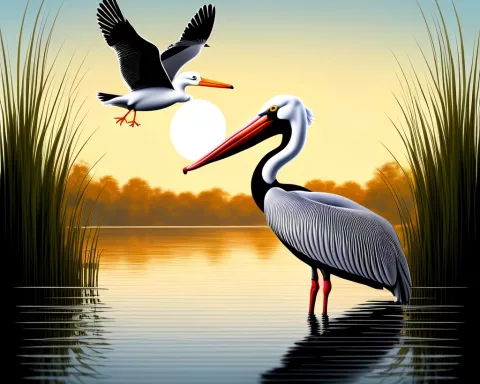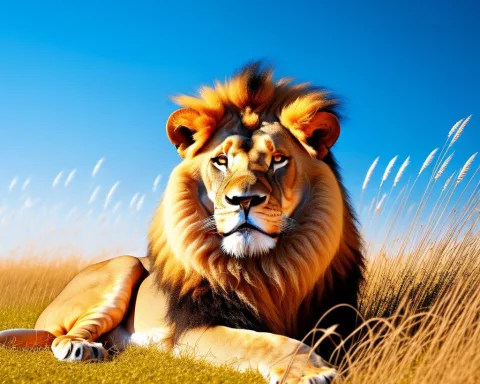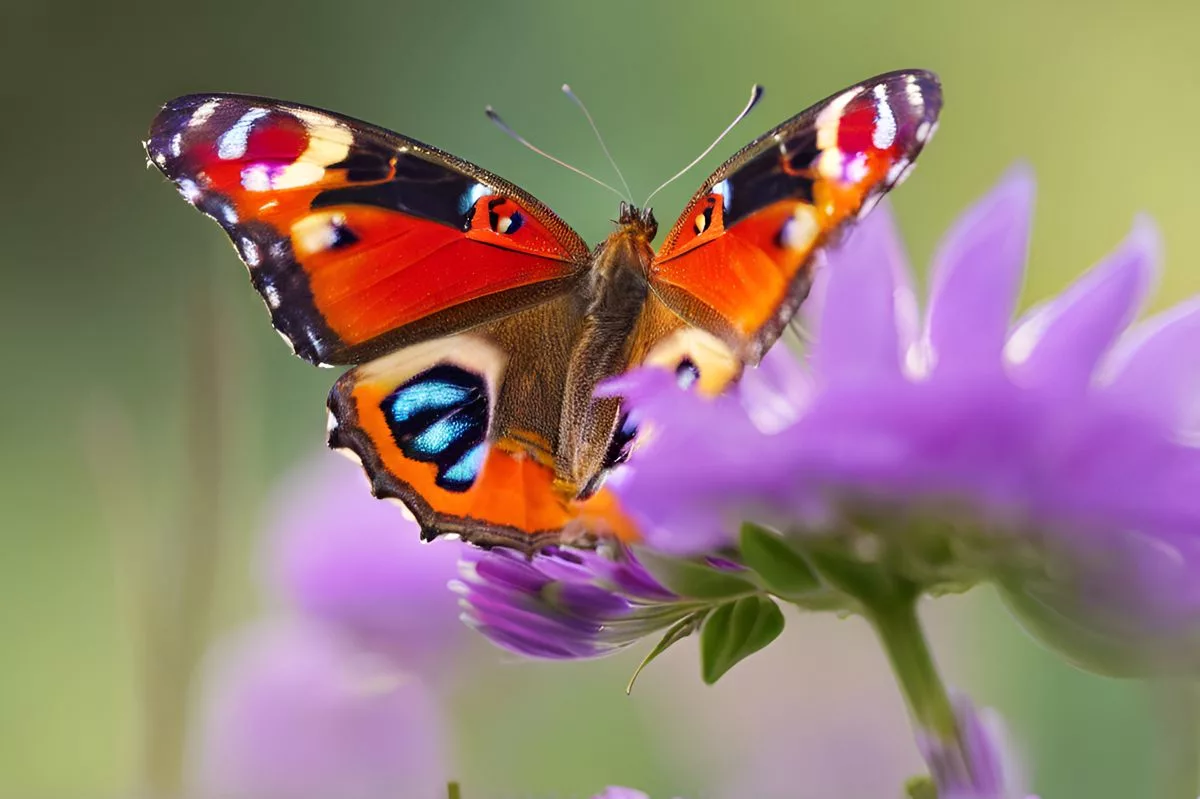Albino wildlife in Africa, a result of genetic anomalies like leucism or albinism, are a display of the remarkable genetic diversity within the animal kingdom. These animals can manifest in any species and offer an extraordinary insight into wildlife. However, their unique appearance makes them vulnerable to predators and human attention, highlighting the importance of wildlife conservation. Witnessing these stunning creatures, whether it’s a white buffalo calf or an albino bottlenose dolphin, is a testament to the impressive array of life that Africa’s wilderness provides and the need to protect it.
What is albino wildlife in Africa?
Albino wildlife in Africa is a result of a genetic anomaly referred to as leucism or albinism, which results in a scarcity of melanin production responsible for color in animals. Albino creatures can manifest in any species, from mammals to reptiles to birds, and are an extraordinary display of the genetic diversity within the animal kingdom. However, their unique appearance also makes them a target for predators and human attention, highlighting the importance of wildlife conservation.
The Exceptional Canvas of the African Wilderness
Spread across the immense expanse of African wilderness, where the standard color spectrum spans from the light-brown lions to the deep-shaded buffaloes, an unusual and captivating sight was recently discovered. A white buffalo calf, strikingly distinctive from its brethren, was seen wandering amidst the herd in the renowned Kruger National Park, casting a distinctive luminescence on the savannah with its unusual coloration.
This extraordinary phenomenon, noticed by a visitor named Erin Simon, was not the creation of a painter’s palette, but a compelling genetic anomaly referred to as leucism or albinism. The calf’s peculiar appearance was a result of a scarcity in melanin production, a pigment which is responsible for color in animals. Interestingly, albinism isn’t restricted to mammals; it can manifest in any species, spanning from reptiles to humans, though not all albino animals are white.
Unexpected Colors of African Wildlife
In 2023, another unexpected color palette was displayed in the African wilderness. While on safari, Theo Potgieter spotted a pink African elephant calf near the banks of the Olifants River, reinforcing the concept that nature’s color palette is far more varied than one might anticipate.
While these sightings are uncommon, they aren’t exclusive to the buffalo and elephant. Potgieter, a regular visitor to the Kruger National Park, has had the privilege of witnessing these astounding phenomena in various species, including the impala antelope, wildebeest, lion, and a collection of birds. The discovery of these peculiar creatures emphasizes the astounding diversity of African wildlife, continually surprising those fortunate enough to witness it.
The Wonders of Albino Creatures
An additional surreal spectacle in 2023 was the first sighting of an Albino Bottlenose Dolphin in Africa. Spotted in Algoa Bay, Eastern Cape, this rare encounter was facilitated by Raggy Charters. The photographs showcased a magical, meter-long albino calf, seemingly a month old, playfully swimming within a pod of around 200 dolphins.
Lloyd Edwards, the proprietor of Raggy Charters, shed light on the challenges faced by albino animals. Their noticeable difference from the rest of the group makes them an easy prey for predators. However, this specific calf was observed swimming in the center of the pod, protected by its mother and other adult dolphins. Yet, the threats these beautiful creatures face aren’t limited to natural predators; their unique appearance draws human attention, leading to many being seized for exhibition in aquariums.
The Importance of Wildlife Conservation
The discovery of these albino creatures expands our comprehension of wildlife. They provide a unique insight into the extraordinary genetic diversity within the animal kingdom. Though these animals confront considerable difficulties due to their coloration, their existence symbolizes the remarkable array of life that Africa’s wilderness provides.
However, these rare and fascinating encounters also serve as sobering reminders of the risks faced by these unique animals, both within their natural habitats and due to human activities. They highlight the significance of wildlife conservation and the necessity to ensure that these breathtaking displays of nature can continue to flourish in their natural settings.
The African wilderness, with its extensive landscapes and diverse ecosystems, is a repository of biological marvels. Whether it’s a white buffalo calf exploring the savannah, a pink elephant strolling by a river, or an albino dolphin playing in the bay, each sighting is a testament to the awe-inspiring diversity of this bountiful continent. These aren’t merely animals; they are nature’s masterpieces, exhibiting genetic artistry that warrants our deepest appreciation and safeguarding.
What causes albino wildlife in Africa?
Albino wildlife in Africa is caused by genetic anomalies like leucism or albinism, resulting in a scarcity of melanin production responsible for color in animals. This absence of pigment results in a striking and unique appearance for the animal.
What types of animals can manifest as albino in Africa?
Albino creatures can manifest in any species, from mammals to reptiles to birds, and are an extraordinary display of the genetic diversity within the animal kingdom. This includes species such as buffalo, elephants, impala antelope, wildebeest, lion, and various birds.
Why are albino animals vulnerable to predators and human attention?
The unique appearance of albino animals makes them vulnerable to predators and human attention. Their noticeable difference from the rest of the group makes them an easy prey for predators, while their unique appearance draws human attention, leading to many being seized for exhibition in aquariums.
What is the significance of albino creatures in African wildlife?
The discovery of albino creatures in African wildlife expands our comprehension of wildlife and provides a unique insight into the extraordinary genetic diversity within the animal kingdom. Their existence symbolizes the remarkable array of life that Africa’s wilderness provides, highlighting the importance of wildlife conservation.
What is the importance of wildlife conservation in Africa?
The rare and fascinating encounters with albino creatures in African wildlife serve as sobering reminders of the risks faced by these unique animals, both within their natural habitats and due to human activities. They highlight the significance of wildlife conservation and the necessity to ensure that these breathtaking displays of nature can continue to flourish in their natural settings.
What are some examples of albino wildlife in Africa?
Albino wildlife in Africa can manifest in any species, resulting in striking and unique appearances for the animals. Examples include a white buffalo calf in Kruger National Park, a pink African elephant calf near the banks of the Olifants River, and an Albino Bottlenose Dolphin in Algoa Bay, Eastern Cape.












